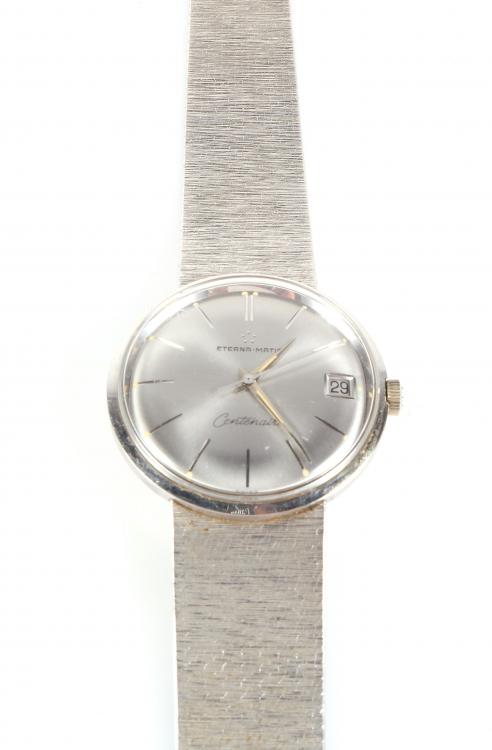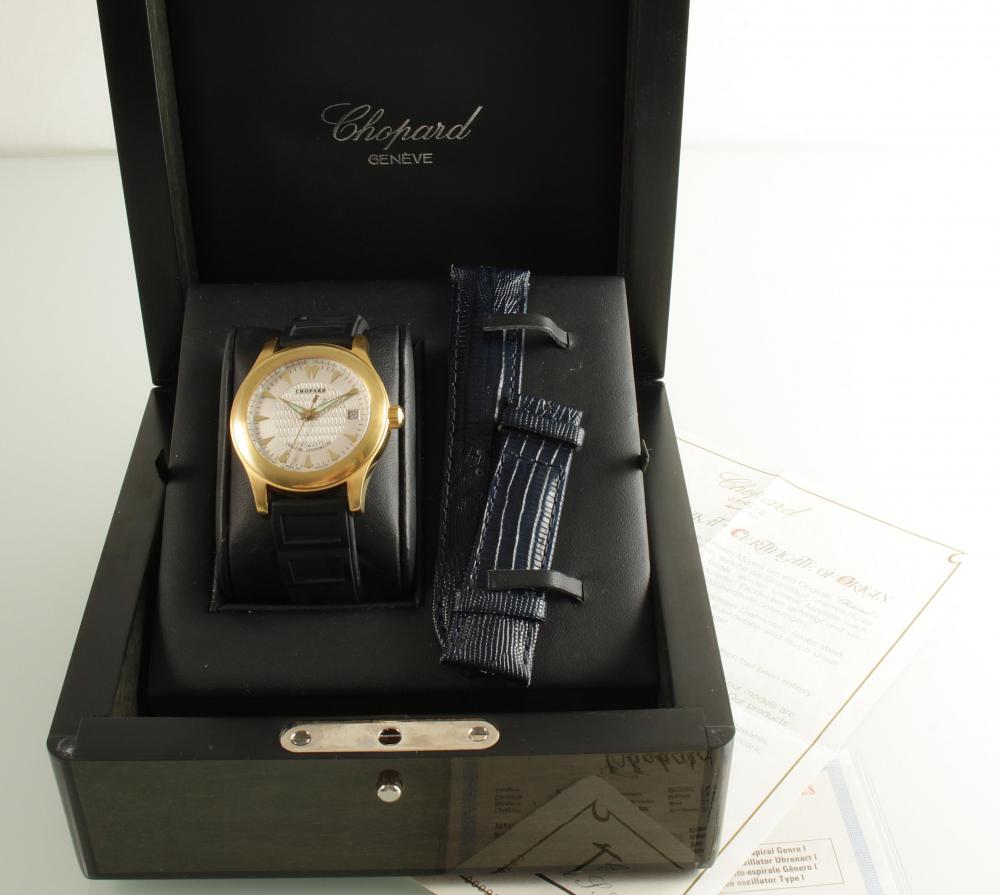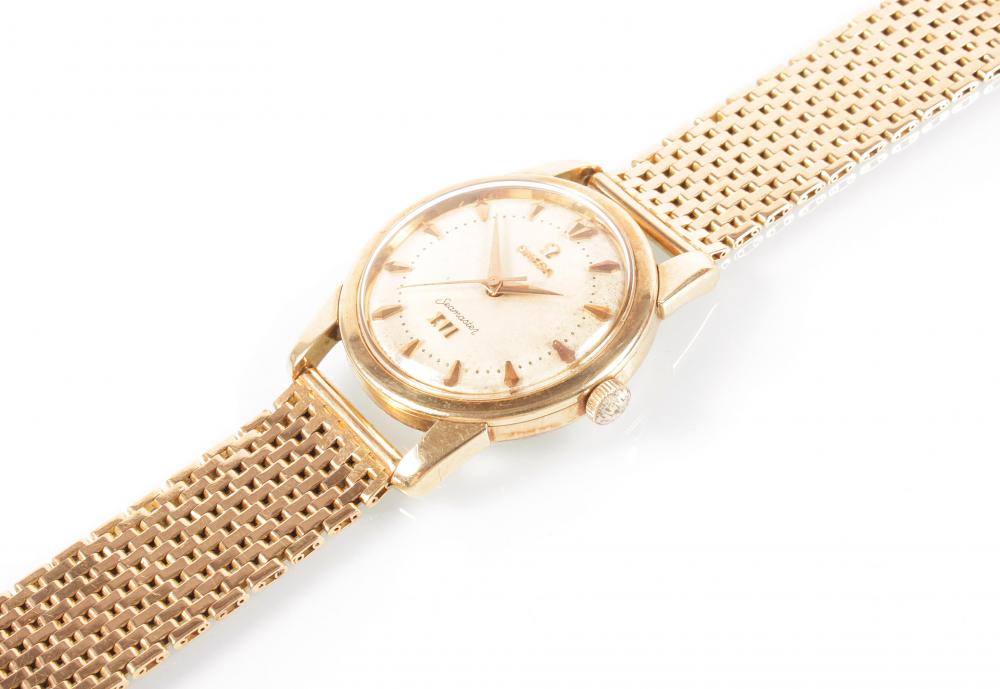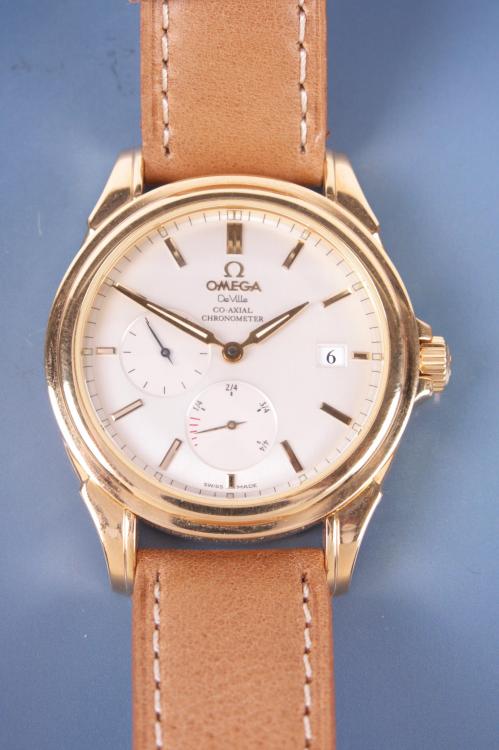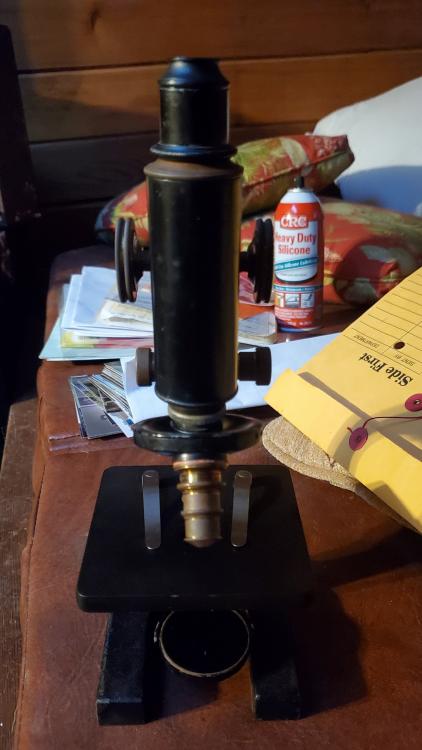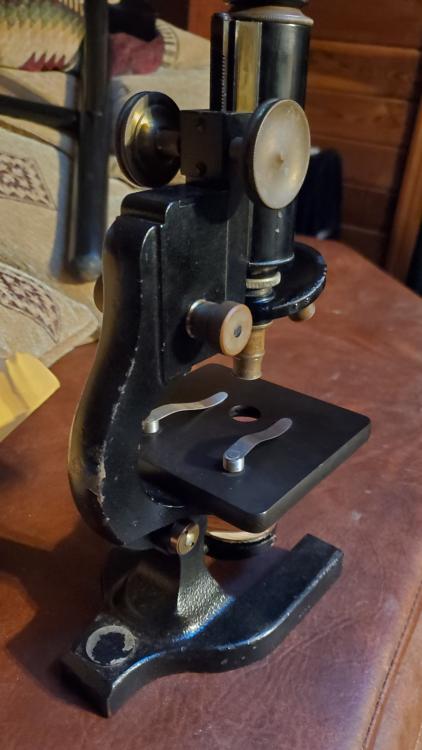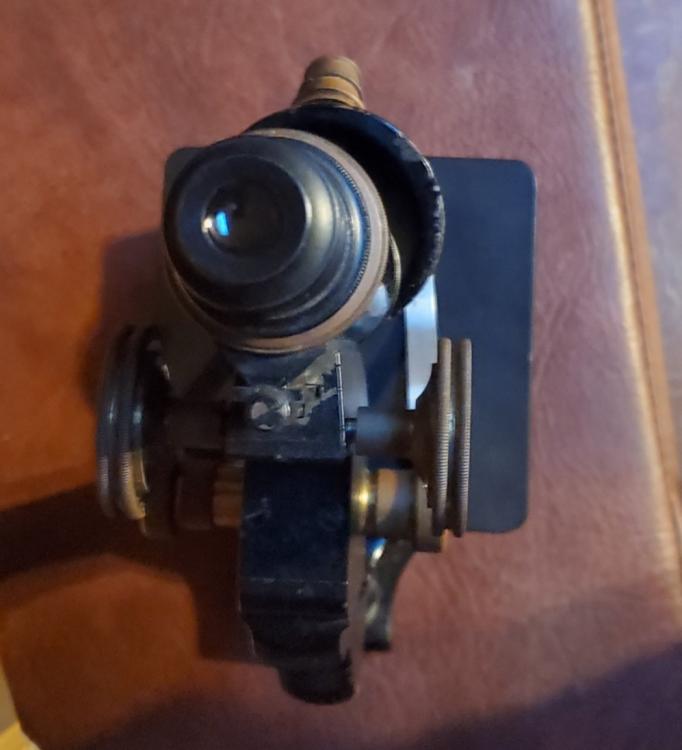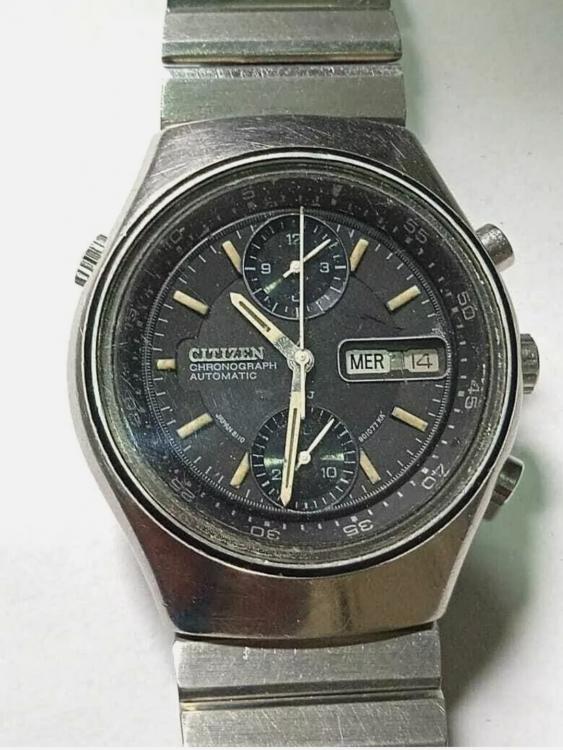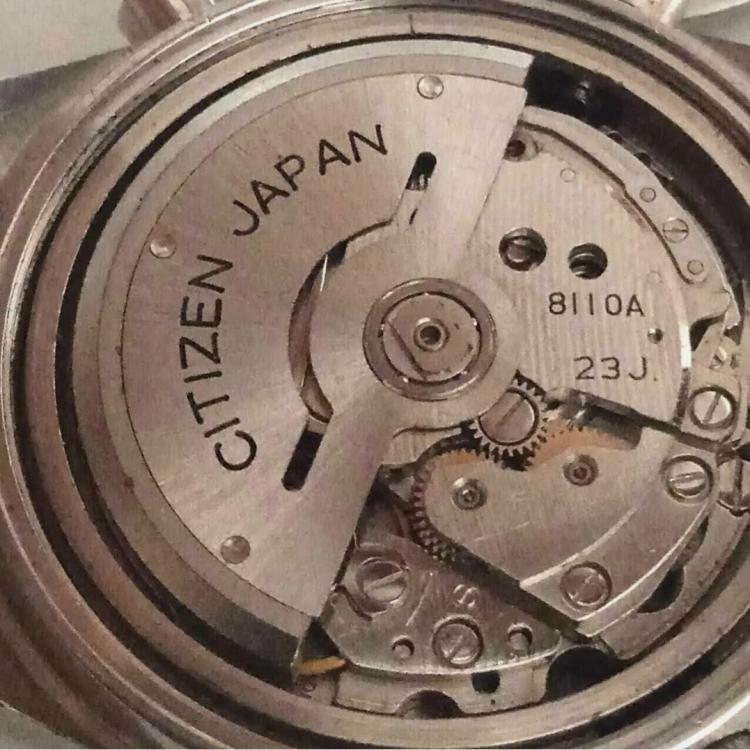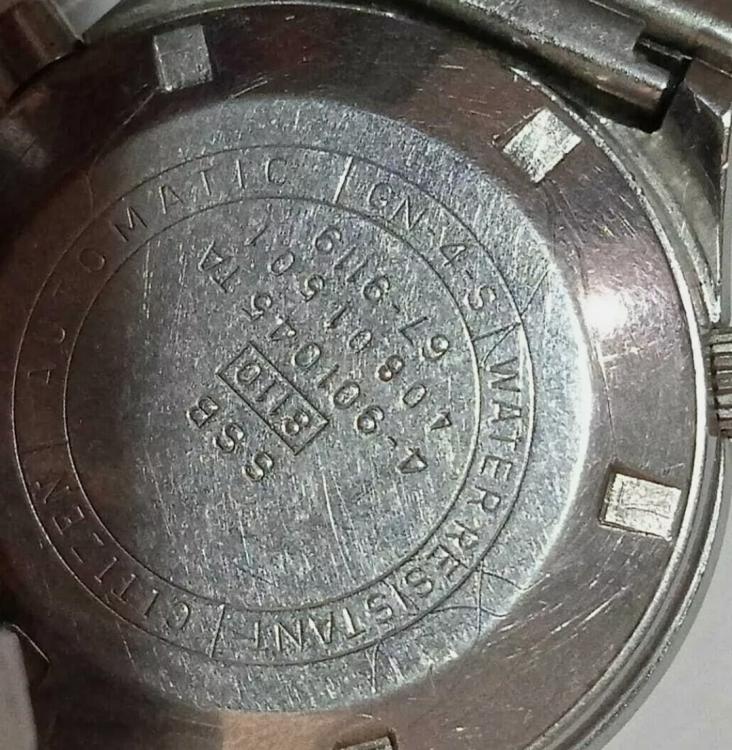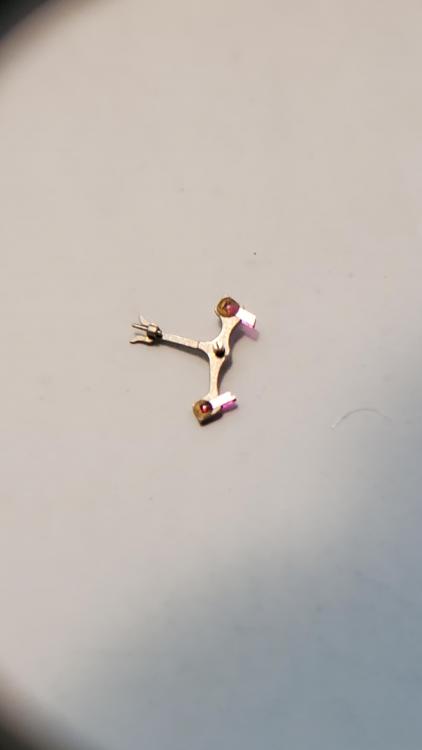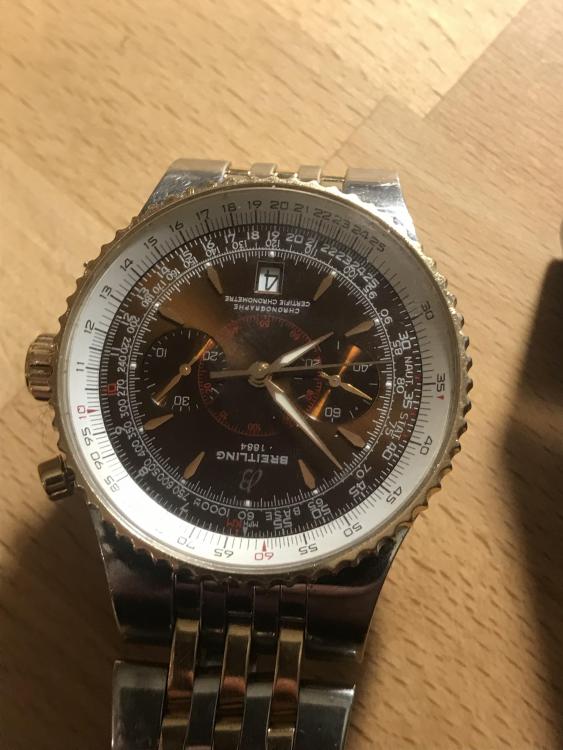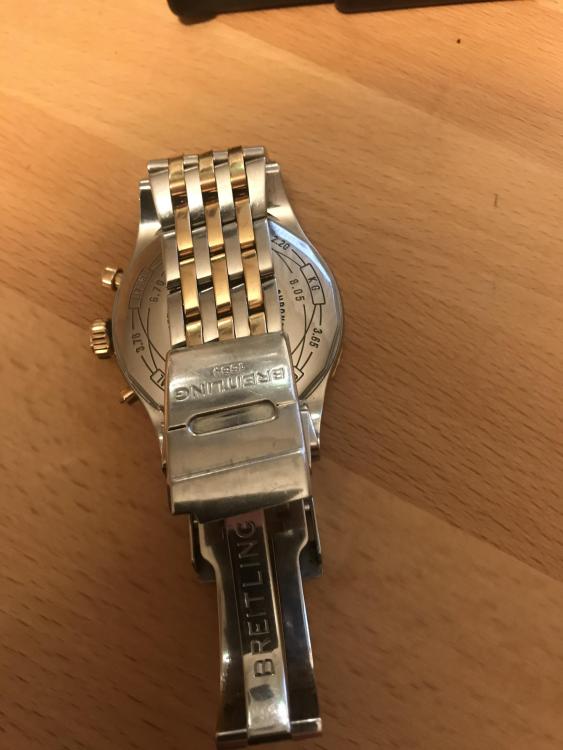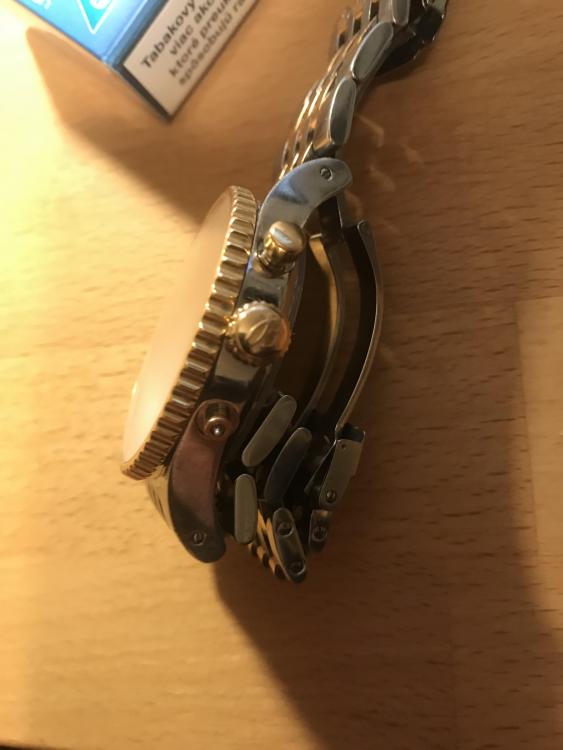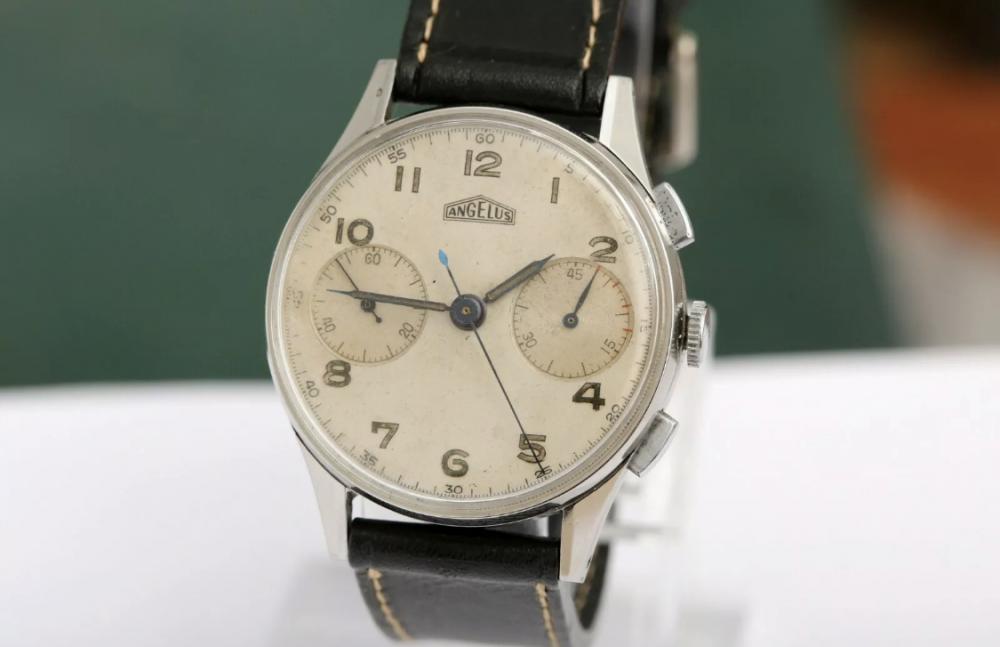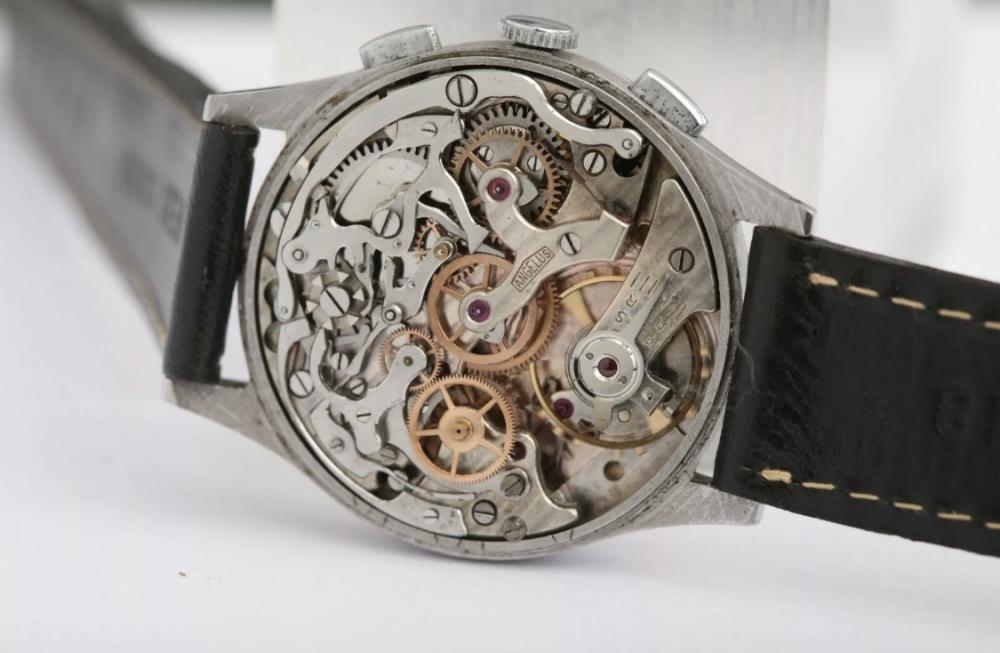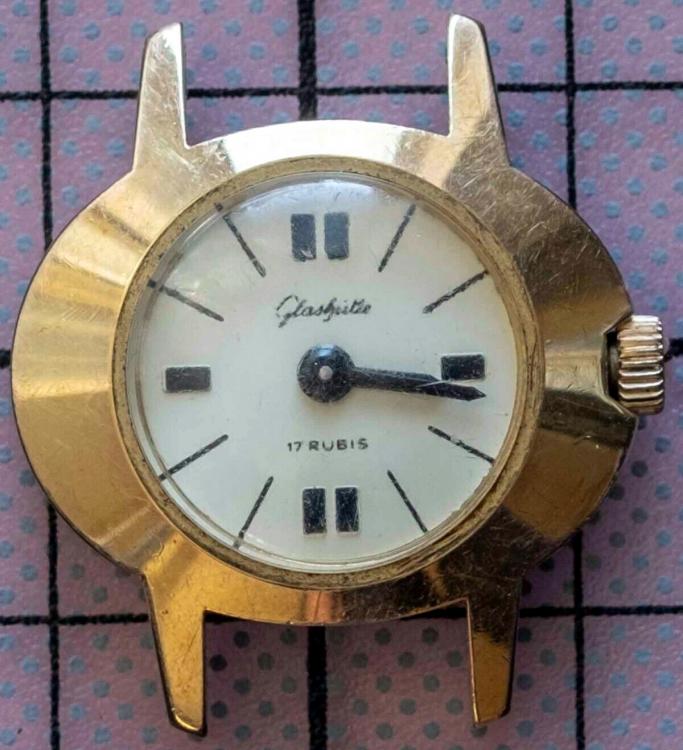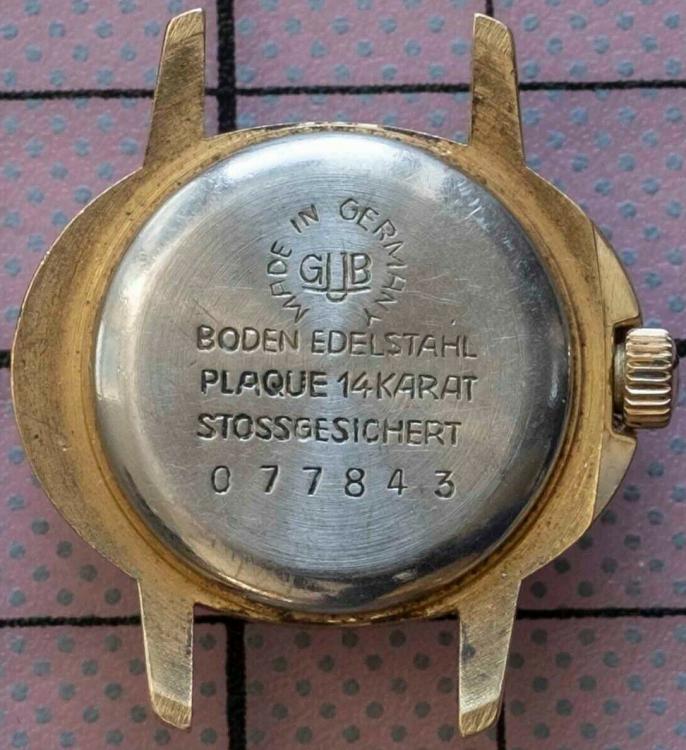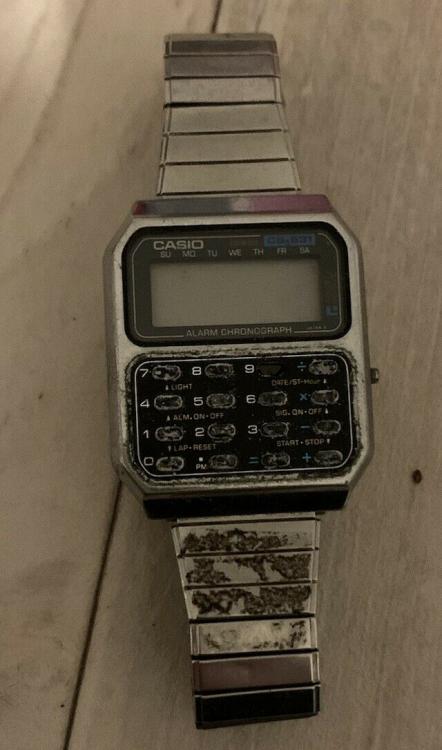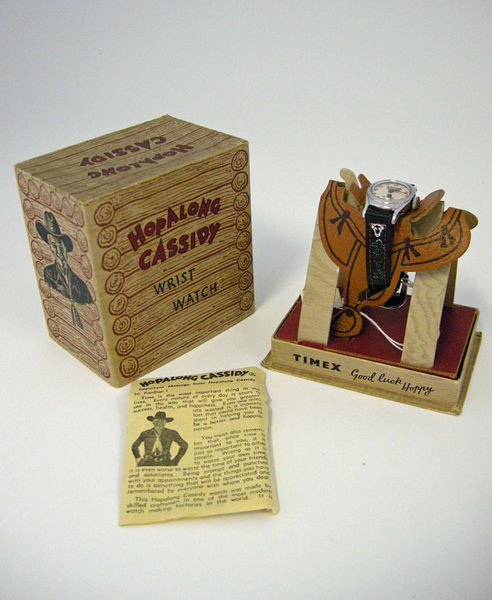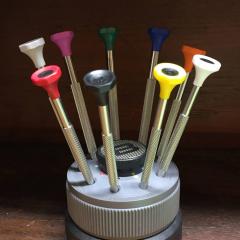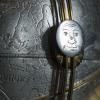Leaderboard
Popular Content
Showing content with the highest reputation on 04/13/21 in all areas
-
Good morning. won some lots recently. Waiting time is hard and long. But since the Xmas are not so exiting anymore, it is good Bitter sweet spice added to flavor of life ? They all ready for service by description. I bet I’ll be the first one for Chopard. So I’ll be kind to her ? Does anyone have experience with using Weishi 1000 for Co-axial movement?4 points
-
@PastorChrisI remember the first time I went to America and asked for a tea. What I got was not tea, it was an abomination. Ice tea, lol, the last thing you want to drink in Britain is something cold (except on our 2 days of summer).2 points
-
I'm glad I'm not the only one who acquires seemingly random gadgets! I won this old fella from Goodwill's auction site late last year. I've been hoping to acquire an all brass model as they are typically the oldest. This one is from 1916, it's a Spencer Buffalo and I believe it's a model 6. The wooden case is wrapped in a black leatherette material like typewriter cases of the era were. Sadly, I paid significantly more than the 404 club requirements, lol.2 points
-
Good morning folks. I know it's been ages since I last posted, but I've been falling down a typewriter collecting and restoration rabbit hole for the last year. I never actually left, but obsessions being what they are, well here I am.? I've been wanting a Citizen Bullhead with panda dial for ages now but never found one I wanted to pay current market value for. As an alternative, I was able to find this Citizen Chronograph, commonly known as The Spider. It has the same 8110 movement except it's titled 90° to the bullhead. The Spider also features a rotating chapter ring. The pushers and crown are stuck on this one, so that will need some attention straight off. Not sure I'll have much content to share in the near future, but thought y'all might enjoy this one.2 points
-
Hi sounds very much as AshF said you have got some wear either the jewel/bearing or the wheels.1 point
-
Cannon pinion too tight? Does it feel stiff to set the time? Check the wear on the train wheels, possibly the 4th wheel to the escape, if there is a lot of play between those two then the slack will be transmitted to the center seconds pinion (or whichever wheel drives the seconds pinion in that movement).1 point
-
Great @mikepilkthanks for spending my money. I've just bought one. Now I need to arrange my desk to accommodate it.1 point
-
The book arrived! Nice. After reading the section, I mounted the spindle between two pieces of oak--each with a slot cut to accommodate the spindle. Using a staking tool, I drove the key inward enough to properly engage with the collet. No need to drill it out. It fits nicely. Done!!1 point
-
Nice, how are the optics faring up after all these years? Generally if they have managed to avoid any acidic fungus attack, microscopes can be cleaned up to work like new, since there are few moving parts, and little therefore to break. There is a bit of an art to cleaning optical glass, but if you can fix watches, then you can master mirror, lens and prism cleaning pretty easily. If there is any mineralisation in the local water, then used distilled water for washing optical glass, with a little dish soap. You can also use denatured alcohol and if you are careful, acetone (which makes a good drying agent to use after the final water rinse). Take care to avoid getting acetone on plastics, take care with alcohol on shellac and avoid getting superglue within 100 yards of lenses as it can cause irreversible fogging on some coatings, just from the fumes. Superglues (cynoacrylate glues) have some strange characteristics, including risk of spontaneous combustion on some fabrics. Its not quite as impressive as adding concentrated sulphuric acid to sodium hydoxide in your bath U-bend, but it does make an interesting party trick. Don't spill superglue on your cotton trousers, as you risk gluing smouldering cotton to your leg, which I can tell you, even in small doses, is a rather unpleasant experience.1 point
-
Two suggestions, are there transfers available, how about a signwriter, or as you say rub it down an paint it. That suspension looks fine.1 point
-
You’ll do great. Just be patient. If (when) you start feeling stressed/frustrated, walk away for a bit. That’s the first thing my mentor taught me. Well, that’s the second thing. The first thing was when he pointed at the hairspring with his tweezers and said “see that? That ain’t no F’ing slinky!”1 point
-
1 point
-
1 point
-
Either be a magician and do it with a 5x loupe, or go pro* and use a microscope . *been using a microscope for this since I was in school last century. Also, as Hunter S. Thompson said, when the going gets weird, the weird go pro. My kids know that dad is a pro level weirdo.1 point
-
Managed to get hold of some, main constituant is Black tea with cloves , cinnamon, cardoman, and all spice, ginger. In various proportions, and I must admit it is refreshing.1 point
-
1 point
-
1 point
-
1 point
-
A Ladies Glashütte 17 jewel all the way from sunny Boden Edelstahl. That's as close to a German joke as I can muster. Boden: Edenstahl translates as Bottom: stainless steel, but Boden Edelstahl does sound very like an idyllic spot in the Black Forest. Glashütte is in fact a town in Lower Saxony from which the watch manufacturer takes its name. It is 14k plated, shock-proofed (stoßgesichert) and probably from the 1970s to judge by the design. It is a non runner, and not quite in the same price bracket as its modern counterparts which start some where north of £5,000. In fact this particular little example easily qualifies for the 404 club. My guess is that it probably has a Gub 77 or related movement in it, which should make for an interesting service or repair.1 point
-
A rather scruffy Casio CS-831 is on its way. Released in 1983 with a stainless steel case, and Casio build quality, these were arguably the must have calculator watch of the day, and one of those gadgets that I nearly bought, back then but couldn't justify the price for at the time. Well there is no problem with the price of this one, it easily will make it in to the 404 club, assuming I can get it working and make it look a little more presentable. I'm not sure the bracelet is original, but I have a couple of suitable Casio bracelets in the junk pile if it isn't.1 point
-
You may be surprised to know that one of your watches is featured in the collection of the V&A museum. Source:- http://collections.vam.ac.uk/item/O1160743/hopalong-cassidy-watch-timex That's some pretty creative cardboard engineering going on there. The one in the V&A pictures is described as being located in the collection of the V&A Museum of Childhood. https://www.vam.ac.uk/info/transforming-the-va-museum-of-childhood This is presumably not directly related to the Museum of Childhood in Edinburgh which I visited many times when I was young. https://www.edinburghmuseums.org.uk/venue/museum-childhood https://duckduckgo.com/?q=Collection++Museum+of+Childhood&t=newext&atb=v124-1&ia=web&iaxm=places If you want a trip down memory lane, or have some youngsters to amuse and you happen to be near Edinburgh, this too is well worth a visit.1 point
-
Let me introduce the latest 404 club microscope. ? This item came up when I was looking for a collimator for my telescope, and since it was described as spares or repair with no bidders I put the lowest bid on it. So for £2.99 plus p+p I now have yet another microscope. It is what is sometimes described as a "field" or "student" microscope (or perhaps even a toy microscope), but don't let its toy like proportions fool you. The optics may be pretty rudimentary, but the eyepiece, turret, objective lenses, stage, lamp, reflector mirror etc do actually work and I have no reason to doubt the 150x 450x 750x magnification claims on the front. It was made in Japan, probably in the 1950s or 1960s with an all metal construction (die cast pot metal, steel and brass), with a similar finish to my Olympus from the same period. I have no idea who actually manufactured it, but I will say it is way more robustly put together than the plastic lensed injection moulded comparable stuff you get these days. The turret even has a ball bearing click, and there is a grub screw to align the travel of the focuser. This thing was clearly designed by someone who designed real microscopes. Obviously since it is intended to work with light passed through the subject, it is completely unsuitable for watch work, but if you want to see the bugs in puddle water or cross sections of a prepared biological specimen, it can easily do that while still being ultra portable. Just for fun I grabbed an 0603 LED (0.6 mm × 0.3 mm) and popped it on a glass slide and zoomed in on the bond wire on the device, and here it is in all its 150x glory. The image above is not great as it was shot with my camera pressed against the eyepiece, with an LED torch for top illumination in my other hand. Potato vision of the worst sort. In reality the field of view is actually pretty good (although there are still one or two specs of dust on the lenses that I need to attend to). The optics could do with a little more cleaning, and since they are un-coated and there are only three optical elements in the light path, the images are not perfect, but none the less its a pretty neat "toy" for three quid and a half hour of "acetone and air" cleaning of the lenses and a clean and re-grease of the turret and focuser. Here it is next to a "real" microscope for scale.1 point
-
It really is down to what suits you, but x 13 certainly sounds too close for general work. I find that 2 1/2 (x4) works great for me for general work. i use 10x and 16x for closer work, and I have a super strong 25x for close inspection of pivots etc.. for any more magnification you would need a microscope. As already mentioned quality of the lens is very important. I started out with the cheap chinese stuff, and it made a massive difference when I upgraded to Asco.1 point
-
For me, personally, I find x12 to be the strongest magnification that has any practical use in a loupe, and absolutely you wouldn't use it for normal work, and then after that, you start entering the realm of wanting a microscope Depending on your preference your 'standard' eyeglass for general work, disassembly/reassembly, will probably want to be between x1.5 on the weak end of the spectrum and x3.5 on the strong side, my standard loupe is the bergeon 3.3x. I also have on my bench at arms reach a x7 I usually switch too when oiling jewels, etc. And a x12 I sometimes use, but come to think of it hardly ever, I'd use that for particularly small jewels or if I needed to inspect something especially closely. I'd also say don't bother buying cheap eyeglasses at the higher end of the magnification, a relatively imprecise cheap lens on a x3 will be much less noticeable than a cheap imprecise lense on a 12x, you need good optics at that power.1 point
-
Generally the stronger the magnification the shorter the focal length. Therefore you will need various lopes. I have found this article on the web which explains better than I could. PS I also use a microscope for the really close stuff such as hairsprings. BASIC TECHNICAL STUFF: MAGNIFICATION AND WORKING DISTANCE The following applies to simple lenses, including all jewellers loupes. The following does not apply to 'surgeons' magnifiers which are made of two small telescopes. THE 14 INCH RULE Some magnifiers are marked with the magnification, some are marked with the focal length (working distance) in inches. The focal length (working distance) is the ideal distance between the lens and the object, not too close (or the lens won't magnify) and not too far (or the image appears wavy). And if you hold the lens MUCH too far from the object, the image will appear upside down. Most people don't understand 'focal length' and so when they see a '3' (for some reason eyeglasses are often marked like this) they think it means "3X magnification" when it really means "three inch focal length". Matters are made worse by the fact that many manufacturers are 'approximate' in their calculations, you can measure the working distance of a 1" magnifier and find it is nearer to 2". So what is the relationship between focal length (working distance) and magnification? Here is the way I used to calculate it. If you take a 'normal' working distance for reading to be 14", then a 7" magnifier brings you twice as close = 2X magnification. This '14 inch rule" is what I used in my catalogue to calculate magnification up until 2011, and the arithmetic works out like this: 1.5 inch = 9.3X magnification 2 inch = 7X magnification 2½ inch = 5.5X magnification 3 inch = 4.5X magnification 3½ inch = 4X magnification 4 inch = 3.5X magnification 5 inch = 2.8X magnification 6 inch = 2.3X magnification 7 inch = 2X magnification 8 inch = 1.8X magnification 9 inch = 1.5X magnification This '14 inch rule" is the way I used to calculate it; it is also the way our manufacturer of watchmakers eyeglasses calculates it, the numbers convert nicely from inches into more-or-less whole numbers for 'magnification', as you see from the chart above. THE 10 INCH RULE Then I discovered that according to the almighty Wikipedia the 'normal' working distance for a lens is 10 inches. This is rather neat because (as you will see if you read the extra-technical stuff below) 10 inches is about 25cm, and 25cm X4 = 1 meter (near enough), and physicists use 1 meter as the definition of 'standard' focal length (not very practicable as a 'working distance')...but don't worry about that, all you need to know is - the way I calculate magnification now falls in line with the 'official' method you find online, like this: 1 inch = 10X magnification 2 inch = 5X magnification 2½ inch = 4X magnification 3 inch = 3.4X magnification 3½ inch = 2.8X magnification 4 inch = 2.5X magnification 5 inch = 2X magnification 6 inch = 1.7X magnification 7 inch = 1.5X magnification 8 inch = 1.3X magnification 9 inch = 1.1X magnification These numbers aren't as good as the old "14 inch rule". For instance, both a 3½ inch and a 4 inch lens have a magnification of about 3X. And both a 5 inch and a 6 inch lens both have a magnification of about 2X. And I get customers who think I'm being evasive when I describe two eyeglasses as being, "about the same magnification". If you would like to try out different focal lengths and magnifications to see how they convert (using this "10 inch rule"), go to my conversion program, click here (it's an Excel file, so you might have to select OPEN). WHAT DO OPTICIANS AND SCIENTISTS SAY? This entire system of magnification being "how many times bigger than normal" (or "X magnification") mystifies opticians. What is 'normal'? It varies from person to person. For an optician, a lens has a focal length - a number that can be calculated, not a 'magnification' relative to normal'. If you really want a definition of 'normal' you should use the standard distance (focal length) used by physicists: 1 meter. But by this definition you need awfully long arms to hold a 'normal' lens in one hand and a book one meter away in the other hand. Also, the human eye often requires more than 'just a bit of help with magnification'. That is why you go to an optician - because he has spent years studying optics rather than reading an entry in Wikipedia. I am not an optician and my knowledge of the maths of optics is shamefully poor. I will, however, attempt to guide you through the mysteries of magnification in the following few paragraphs. They are a bit technical, so you may prefer to skip them and go straight to 'CONCLUSION'.. ADVANCED TECHNICAL STUFF The following calculations apply to simple lenses, including all jewellers loupes. The following does not apply to 'surgeons' magnifiers, which are made of two small telescopes, or to microscopes. FOCAL LENGTH, DIOPTRES AND MAGNIFICATION "Working distance" is the same as focal length. The focal length is the distance you hold the lens from the object that gives the most magnification and the clearest image; it is also the point at which a distant bright object (e.g. the sun) makes the smallest image (e.g. to make a fire using the sun); it is also the distance at which you can project a bright scene onto a surface (stand in a dimly-lit hallway and project the image of a bright window onto the wall). Try it with any magnifier, the distance from the lens to the object will be the same with each of the above experiments, this is the focal length of the lens. In practical terms we can also describe this as, "the [ideal] working distance." 'Dioptre' is the reciprocal of the focal length. The dioptre is the measurement used by opticians and lens-makers, it is more reliable than defining magnification as "how much larger than normal an item appears". This is because "normal" varies from person to person (there is no rule that says you have to hold a book ten inches from your eyes!). 'Dioptre' is the reciprocal of the focal length. To write this as a formula, call the magnification M (if you prefer you may say P for power rather than M for magnification...but let's keep things simple) and the focal length f (in meters not inches) which gives: M = 1 / f. But this 'magnification' is based on the physicist's 'standard' focal length of 1 meter. If you assume 'normal' working distance for a human holding a magnifier to be a quarter of a meter (about ten inches*) then you must divide by four. The formula for converting dioptre to magnification is therefore M = D / 4. * this is not because there is anything special about 10 inches, merely that it works nicely as a number, because 10 inches is almost 250mm = 0.25m, which is why we divide by four. This is one of two accepted formulae for calculating magnification. The above formula works beautifully for small powerful magnifiers such as jewellers loupes and small readers. For instance, for a magnifier with a focal length of 30mm: 1 / 0.03m / 4 = X8.33 magnification. But this formula is based on two assumptions: a) that the object is held at the 'ideal' distance from the lens (its focal length) to give maximum magnification that the lens is held very close to your eye so that your eyes are focusing into the distance (at infinity). This doesn't work for large lenses with long focal lenses. For instance, if we apply the formula to a large reading magnifier with a focal length of 500mm we get 1 / 0.5m / 4 = X0.5 magnification. Oh dear, that can't be right, it looks as if it reduces rather than magnifies. In a sense, this is true, if you place an object 500mm from the lens and hold the lens against your eye, it won't magnify at all. What you must do is move the object closer than 500mm from the magnifier (the magnification will be less) then move your eye away from the magnifier. Your eyes are no longer looking into the distance (infinity) but are focusing closer. To allow for this there is another accepted formula for calculating magnification: D / 4 + 1. Applying this to our magnifier with a 500mm focal length, we now get 1 / 0.5m / 4 + 1 = magnification X1.5, which is more plausible. All of these figures for 'magnification' are approximate, and there are many reasons for this. Firstly, it depends which formula you use (see above). Secondly, if the result looks clumsy (e.g. a magnification of X8.333) the supplier will round it up or down. Thirdly, how much closer than your 'normal' reading distance an object appears depends on what is 'normal' for you. Fourthly, if you use the "ten inch rule" (see explanation above, and also my magnification calculator) instead of the formula, you get slightly different figures because ten inches isn't exactly 250mm. Fifthly, even when you go to the trouble to measure the focal length and calculate the magnification, you will often find that what is printed on a magnifier is simply wrong. If you think this is all a little confusing, it is. In fact, it's very confusing. For instance, if you place the object too close to the lens (less than its focal distance) the magnification will be less, and if you hold your eye away from the lens, the magnification will appear to be more. One nationally-known company specialising in magnifiers consistently used the first formula, above (D / 4). As a result, most of their magnifications were listed as being less than one, indicating that they made everything appear smaller rather than larger. Then they re-printed their brochure, listing magnifications consistent with the second formula, D / 4 +1. The famous optical company Zeiss produce a standard 10X jewellers loupe with two lenses, they fold out and can be used individually or on top of each other (the two magnifications simply add together). At one time they quoted the magnification of the two lenses as 6.66X + 3.33X = near enough 10X when used together; then it became 6X + 4X = 10X; now they label it 3X + 6X = 9X. I don't believe they have been changing the lenses each time, the slight variations are due to the way they calculate 'magnification' then round the figures up or down. IF YOU WEAR SPECTACLES If you wear spectacles, should you keep them on whilst using a magnifier? When using a large magnifier (e.g. for reading) the answer is: yes. I assume, here, that you need a magnifier because the print / map / mark is exceptionally small and you need that extra help in addition to your spectacles. When using a small magnifier (e.g. a jeweller's loupe or watchmaker's eyeglass): do whichever is the most comfortable, but you must keep the magnifier as close to your eye as possible. The only time you may wish to think about whether to keep your spectacles on or take them off is if you are wearing a magnifier over your head (a binocular headband magnifier), they can be used with or without spectacles, as follows: If you are short-sighted (you have difficulty in seeing far objects, your spectacle lens prescription has a power beginning 'minus' ) you will notice that when using the magnifier without your spectacles the working distance is less than marked on the magnifier. If you are very short-sighted you will also notice that if you don't use a magnifier you can focus on very close objects - you have magnifying eyes for close objects (the only drawback being that you can't focus on far objects). The consequence is that with a binocular magnifier you may choose between two magnifications: one (weaker / further away) when you wear the magnifier over your distance spectacles and one (closer / stronger) when you wear the magnifier without spectacles, whichever you find the most comfortable. If you are long-sighted (you have difficulty in seeing near objects, your spectacle lens prescription has a power beginning "plus") you will notice that when using the magnifier without your spectacles, the working distance is more than stated on the magnifier. If you are very long-sighted you will also notice that a low-power magnifier doesn't actually magnify at all, it merely brings close objects into focus at a 'normal' viewing (e.g. reading) distance, which is exactly what your reading spectacles do: they are low-power magnifiers. The consequence is that with a binocular magnifier you may choose between two magnifications: one (stronger / closer) when you wear the magnifier over your spectacles and one (weaker / further away) when you wear the magnifier without spectacles, whichever you find the most comfortable.1 point




